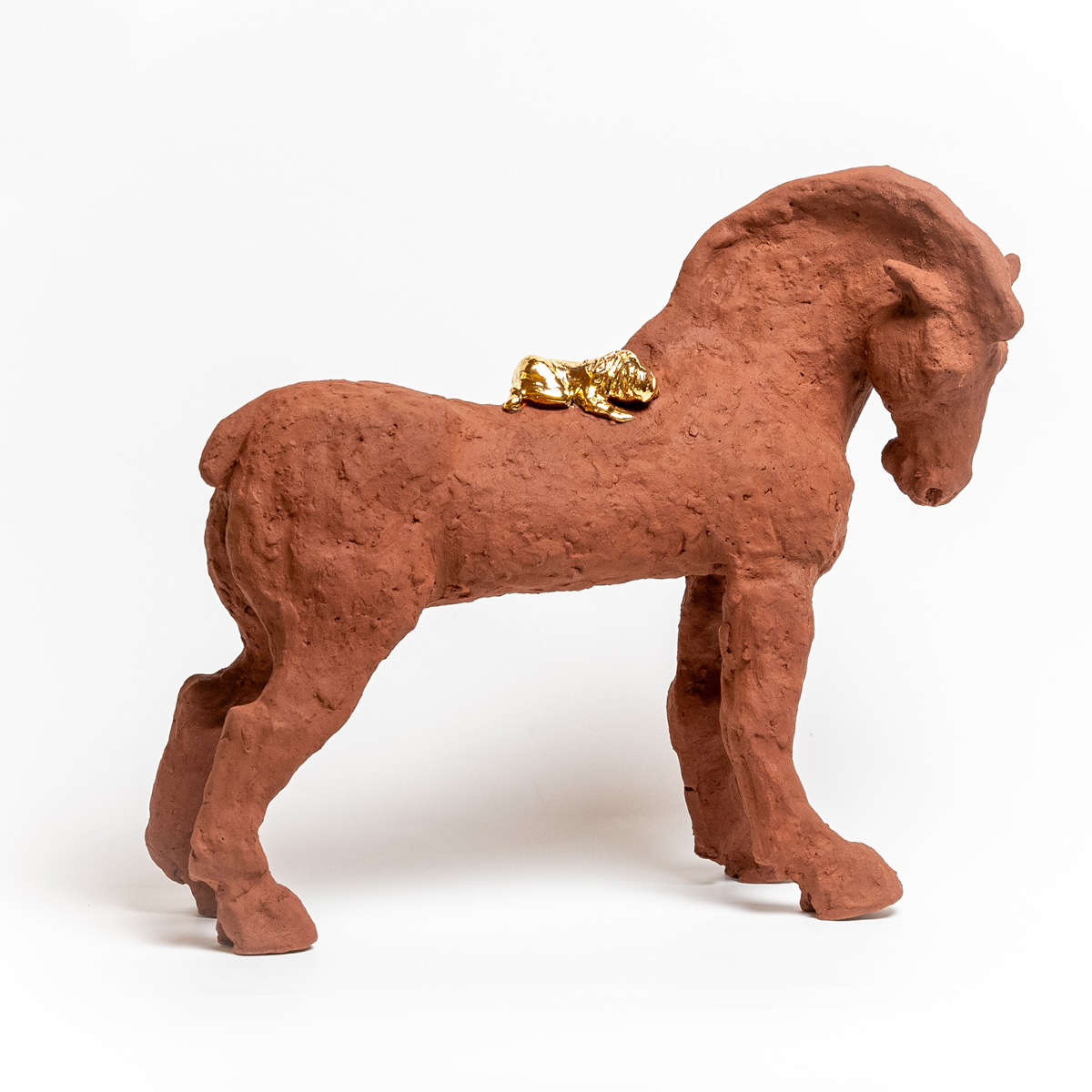NATURAL CLAY – RED CLAY – can be found almost everywhere in the soil of our country. In nature, clay is gray in color. In oxidizing firing, the clay turns reddish. It is caused by the abundant iron compounds in our soil. In reduction firing, the clay turns black.
RED CLAY can be found on the shores of lakes and rivers, fields and ditches. Bricks, roof tiles, floor tiles, drainage pipes, functional and decorative ceramics are made from red clay. It is also used as an ecological material for plastering interior and exterior walls.
RED CLAY can be molded by hand using different crafting methods. It can, for example, be drilled, machine molded, pressed into a plaster mold and cast. Due to its fine structure, it is a very plastic clay and when it dries, it is susceptible to cracking. Red clay is used to make engobes for decorating clay objects.
RED CLAY works in high firing as it is. It gives a dark brown glaze. It can be used partly as a glaze raw material forming celadon glazes in reduction firing. It can be mixed with other clay ingredients as a colorant. When polished and smoke-fired, beautiful black art objects are created.
Almost 160 brick factories were established in the 18th and 20th centuries in places where red clay deposits have been rich. The last factories manufacturing bricks and red clay products in Southern Finland were KERA OY 1917 – 1958 and Kupittaan Savi Oy 1921-1969.
Aino Eeronheimo · Anna-Kaisa Haanaho · Eva Spoof · HAMK-oppilaat · Iiri Repo · Ilma ja Tor Berglöf · Jari Vesterinen · Katja Kotikoski · Katriina Nuutinen · Lea Sarasjoki · Leena Mäki-Patola · Maarit Mäkelä · Mari Paikkari · Miia Kallio · Mira Niittymäki · Mirja Niemelä · Nina Ekström · Päivi Keski-Pomppu · Heidi Puumalainen · Piia Jalkanen · Päivi Rintala · Riitta Talonpoika · Sami Rinne · Sanna Rintalaulaja · Sirkka-Liisa Sarasjoki · Sofie Hägerström · Soile Paasonen · Tiia Matikainen · Tuuli Somma · Viivi Varesvuo

